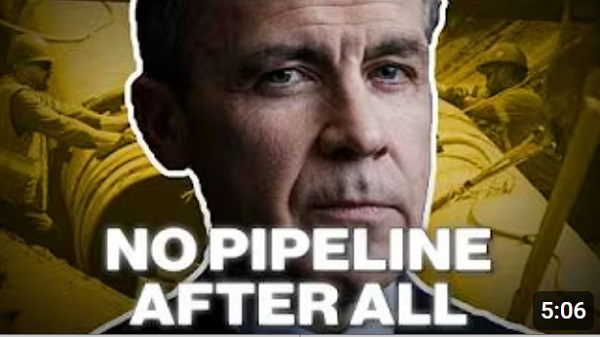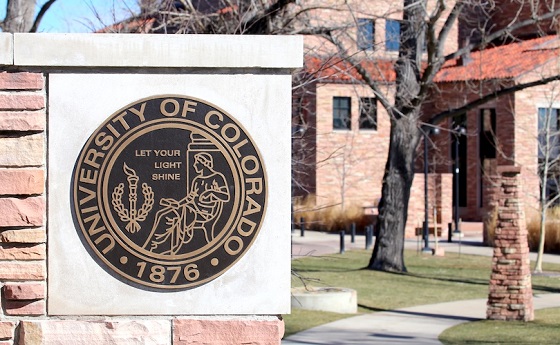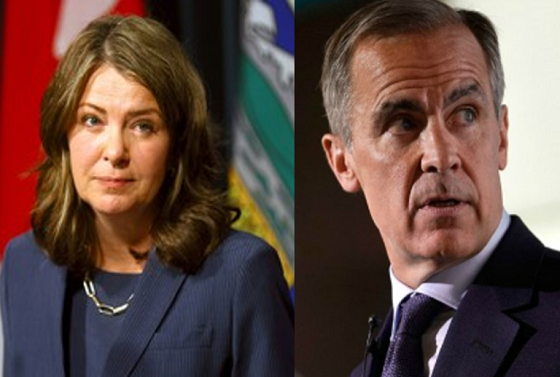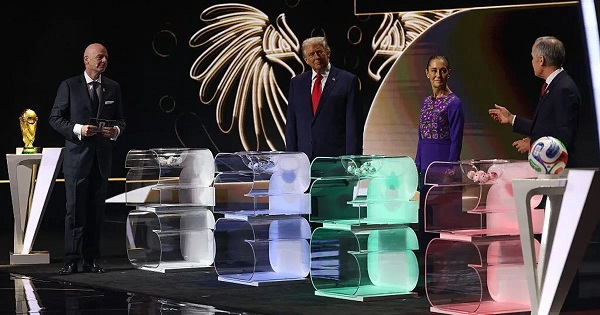National
Trudeau must prove he won’t tax our homes

From the Canadian Taxpayers Federation
Author: Franco Terrazzano
Actions speak louder the words. That’s especially true when those words come from a politician with a track record of breaking promises and hiking taxes.
Prime Minister Justin Trudeau says he won’t send the taxman after Canadians’ homes. But if Trudeau wants Canadians to believe he won’t impose a home equity tax, there’s one thing he must do: end the CRA’s home reporting requirement.
In 2016, the Trudeau government made it mandatory for Canadians to report the sale of their primary residence even though it’s tax-exempt. If you sell your home, the CRA wants to know how much money you received from that sale. But if the taxman isn’t taxing it, why is the taxman asking that question? Is the CRA just curious?
Official Opposition Leader Pierre Poilievre confirmed to the Canadian Taxpayers Federation he would remove this reporting requirement if he forms government.
Trudeau must do the same. Otherwise, Canadians should worry a home equity tax is right around the corner. As Toronto Sun Columnist Brian Lilley recently wrote, “For Justin Trudeau and his Liberal Party, taxing your primary residence is a bad idea they just can’t quit.”
On June 25, Trudeau attended “a private town hall about generational fairness,” hosted by Generation Squeeze, a group advocating for home taxes.
What do you notice about the theme of that town hall? The government recently used the cloak of generational fairness to impose its capital gains tax hike.
The Trudeau government also spent hundreds of thousands funding and promoting a report from Generation Squeeze that complained of the “housing wealth windfalls gained by many home owners while they sleep and watch TV.”
The report recommended charging a tax on the value of homes above $1 million. The tax would cost Canadians up to $5.8 billion every year, and it would hit many normal Canadians. In British Columbia and Toronto, the typical home price is above $1 million.
Trying to improve affordability with tax hikes is like trying to boil water with your freezer. Higher taxes won’t make homes affordable. Consider this insight 50 pages into the report.
“Owners of homes valued over $1 million that include informal rental suites may try to recover the surtax by passing some of its cost on to renters,” reads the report.
It turns out higher taxes can make things cost more.
The head of Generation Squeeze was invited to a cabinet ministers’ retreat in Charlottetown last summer.
Documents uncovered by the CTF show staff in the prime minister’s office met twice with the head of Generation Squeeze, which included “a briefing about the tax policy recommendation.”
Trudeau has an appetite for taxing people’s homes. His recent capital gains tax hike will impact Canadians who sell secondary residences and cottages. He imposed a so-called anti-flipping home tax. And Trudeau taxes homes the government deems “underused.”
With Trudeau scrounging through the couch cushions looking for more money to paper over his deficits, Canadians should worry a home equity tax is next.
A home equity tax would come with a big bill for a young couple looking to upgrade to a family home or for grandparents who rely on the equity in their home to fund their golden years.
As an example, Canadians that bought their Toronto home for $250,000 in 1980 and sold it for $1.2 million today would pay between $50,000 and $190,000, depending on the type of home equity tax.
The Trudeau government has repeatedly flirted with home equity taxes. The only way for Trudeau to put Canadians’ minds at ease is to act and remove the requirement for taxpayers to report the sale of their home to the CRA.
Business
Looks like the Liberals don’t support their own Pipeline MOU

From Pierre Poilievre
Alberta
They never wanted a pipeline! – Deputy Conservative Leader Melissa Lantsman

From Melissa Lantsman
Turns out the anti-development wing of the Liberal Party never stopped running the show.
Today, we’ll see if the Liberals vote for the pipeline they just finished bragging about.
Spoiler: they won’t. Because with the Liberals, the announcements are real, but the results never are.
-

 COVID-191 day ago
COVID-191 day agoUniversity of Colorado will pay $10 million to staff, students for trying to force them to take COVID shots
-

 Bruce Dowbiggin1 day ago
Bruce Dowbiggin1 day agoIntegration Or Indignation: Whose Strategy Worked Best Against Trump?
-

 Focal Points2 days ago
Focal Points2 days agoCommon Vaccines Linked to 38-50% Increased Risk of Dementia and Alzheimer’s
-

 espionage1 day ago
espionage1 day agoWestern Campuses Help Build China’s Digital Dragnet With U.S. Tax Funds, Study Warns
-

 Opinion2 days ago
Opinion2 days agoThe day the ‘King of rock ‘n’ roll saved the Arizona memorial
-

 Bruce Dowbiggin1 day ago
Bruce Dowbiggin1 day agoWayne Gretzky’s Terrible, Awful Week.. And Soccer/ Football.
-

 Agriculture1 day ago
Agriculture1 day agoCanada’s air quality among the best in the world
-

 Censorship Industrial Complex2 days ago
Censorship Industrial Complex2 days agoUS Condemns EU Censorship Pressure, Defends X






